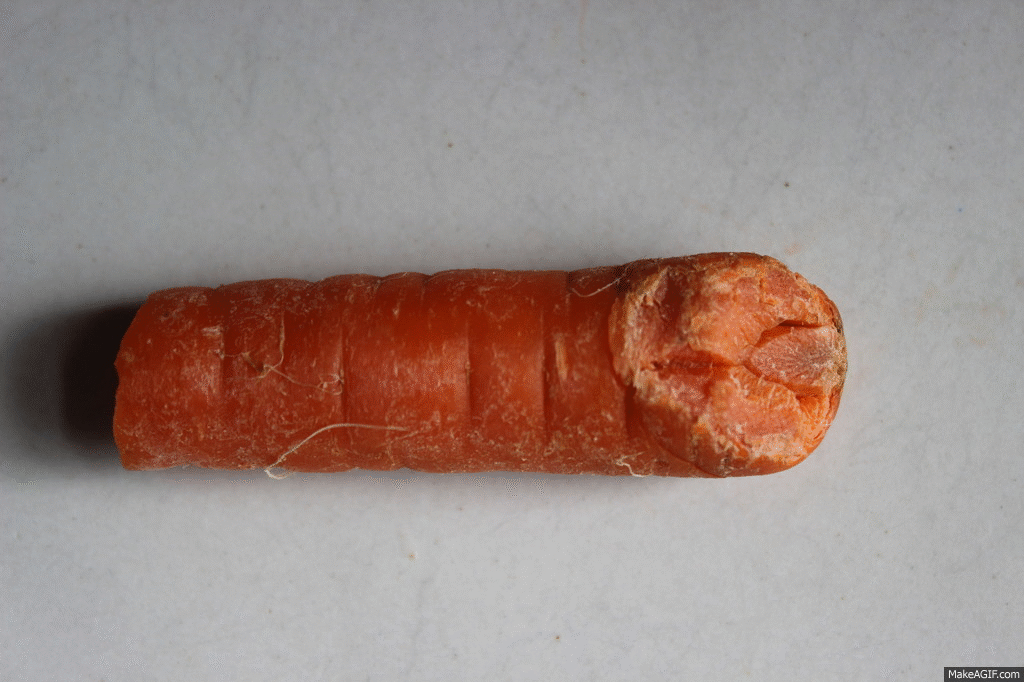Maria Finn is an author, journalist and artist. While she was an Autodesk Artist in Residence in late 2014, she set out to change our perception of food and food waste. Following an evening spent shucking oysters, she found herself faced with a mountain of shells. Instead of discarding them, she created beautiful oyster shell tiles that now line the backsplash of her kitchen.
 Her philosophy of ‘waste not, want not,’ extends to her work foraging and wildcrafting in the San Francisco Bay and holistic food preparation using every bit of the animal. Finn recently completed a novel, “Sea Legs & Fish Nets” based loosely on her experience working on an all-female fishing boat in Alaska and has written five books, including “The Whole Fish” and “Hold Me Tight and Tango Me Home.” She writes for FERN and other outlets.
Her philosophy of ‘waste not, want not,’ extends to her work foraging and wildcrafting in the San Francisco Bay and holistic food preparation using every bit of the animal. Finn recently completed a novel, “Sea Legs & Fish Nets” based loosely on her experience working on an all-female fishing boat in Alaska and has written five books, including “The Whole Fish” and “Hold Me Tight and Tango Me Home.” She writes for FERN and other outlets.
How did you get the idea to make tiles out of oyster shells? Had you seen other interesting uses for oyster shells?
I have used oyster shell tiles in my container garden; I use them as mulch that holds in moisture, looks good, and has a slow release fertilizer for Mediterranean plants. I’ve also used them ground up in the medium in my wall hanging indoor mushroom boxes. But I think the shells are so beautiful. To me, this is part of the pleasure of opening and eating oysters. I love their fractal texture and mother of pearl glimmer. For the tiles, I started off using ground up oyster shell with the cement, then saved the flattest pieces, or shattered them for the top of the tile. I worried about the strength with the ground up oyster shells, as handmade tiles are a lot of work, so I then went with just cement and the oysters for finishing them.
 I hope to start a native oyster colony on the hull of my houseboat. Not so much to eat, but because each oyster cleans 50 gallons of water a day. And their colonies are so beautiful. Mussels are also great filters, and I just learned that the pace at which they open indicates the water quality/pollution in a bay. So I’m talking with some people at Autodesk about a future project of hooking up an LED light sculpture that connects to the mussels/oysters on my houseboat and the lights will indicate the bay’s water quality.
I hope to start a native oyster colony on the hull of my houseboat. Not so much to eat, but because each oyster cleans 50 gallons of water a day. And their colonies are so beautiful. Mussels are also great filters, and I just learned that the pace at which they open indicates the water quality/pollution in a bay. So I’m talking with some people at Autodesk about a future project of hooking up an LED light sculpture that connects to the mussels/oysters on my houseboat and the lights will indicate the bay’s water quality.
I see your work through the lens of using the whole animal or plant, often called ‘tail-to-snout’ eating. How much does avoiding waste play into your art, both practically and philosophically?
I’m author of the TED book, The Whole Fish: How Adventurous Eating of Seafood Will Make You Happier, Healthier and Help Save the Ocean. Much of this was inspired by the two years I worked monitoring the salmon run on the Yukon Delta for the Alaska Department of Fish & Game. I spent a lot of time with Yupik women at their fish drying camps. They use every part of the salmon—even turn the male’s milt into a sort of Popsicle dipped in seal oil. Traditionally, they make lamps, bags, and other items out of salmon skin. I met the artist Emily Johnson at the Headlands Center for the Arts. She is Yupik, from Alaska, and also does this.
While an Artist-In-Residence (AIR) at Autodesk, I wrote an Instructables post on how to catch a salmon, and then break down a whole salmon. I created recipes on using the skin, head, bones, trim and every part of it—including salmon SPAM from the collar and belly. At the time, I was also making items for the renovation of my houseboat, so I thought I’d give the salmon skin lamp a try. Another artist there, Jennifer Berry, has been doing an art project on road kill, and is an experienced leather tanner. Eric Forman, a fellow AIR, was making light boxes. I collaborated with those two, and now have a very modern version of the Yupik salmon skin lamp. One of my neighbors is so excited by my salmon lamp; we are going to make more this salmon season. Hoping we catch them.
 “It’s the first proposition for a comprehensive national policy on food waste that brings together a lot of different potential measures to reduce food waste throughout the whole food chain,” said Marie Mourad, a PhD student at Sciences Po in Paris writing her dissertation on initiatives around food waste.
“It’s the first proposition for a comprehensive national policy on food waste that brings together a lot of different potential measures to reduce food waste throughout the whole food chain,” said Marie Mourad, a PhD student at Sciences Po in Paris writing her dissertation on initiatives around food waste.



